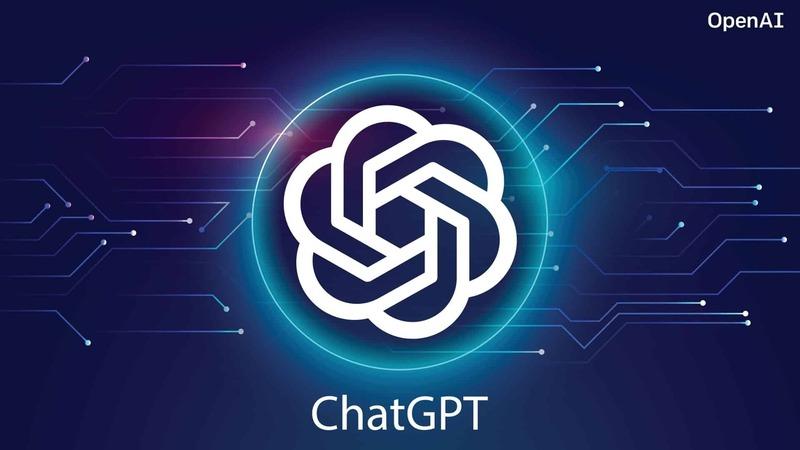GPT (Generative Pre-trained Transformer) is a state-of-the-art language model developed by OpenAI. It is designed to generate human-like text and has been widely used in various natural language processing (NLP) applications, including chatbot technology.
Here’s an overview of GPT chatbot technology:
- Pre-training: GPT models are trained on large amounts of text data from the internet. During pre-training, the model learns to predict the next word in a sentence based on the context provided by the preceding words. This process helps the model learn grammar, syntax, and semantic relationships between words.
- Transformer architecture: GPT models are built using a Transformer architecture, which allows them to efficiently process and generate text. Transformers use self-attention mechanisms to capture dependencies between words in a sentence, enabling the model to understand and generate coherent responses.
- Fine-tuning: After pre-training, GPT models are fine-tuned on specific tasks, such as chatbot dialogue generation. Fine-tuning involves training the model on a more specific dataset, often with human-generated conversations, to adapt it to the desired application.
- Contextual generation: GPT-based chatbots excel at generating responses that are contextually relevant to the input they receive. They can understand and respond to user queries, provide information, and engage in conversational dialogue.
- Natural language understanding: GPT chatbots can understand and interpret natural language inputs from users. They can analyze the intent behind a user’s message, extract key information, and generate appropriate responses based on the context.
- Limitations: While GPT chatbots can generate highly coherent and contextually relevant responses, they have some limitations. They can occasionally produce incorrect or nonsensical answers, struggle with understanding nuanced queries, and be sensitive to input phrasing.
- Ethical considerations: GPT chatbots are trained on publicly available text data, which means they can inadvertently learn biases present in the training data. Care must be taken to ensure the chatbot’s responses are fair, unbiased, and respectful to users.
- Applications: GPT chatbot technology has been widely applied in customer support, virtual assistants, social media bots, and other conversational interfaces. They can provide personalized recommendations, answer frequently asked questions, and simulate human-like conversations.
- Ongoing research: GPT models are continuously evolving, and researchers are actively working on improving their capabilities. New iterations and versions are released to address limitations and enhance performance.
GPT chatbots are trained on large amounts of text data, allowing them to learn the patterns, context, and semantic meaning of natural language. GPT models can generate coherent and contextually relevant responses to user queries by leveraging this learned knowledge.
Here are some key features and benefits of GPT chatbot technology:
- Natural language understanding: GPT models have the ability to understand and interpret the meaning behind user queries. By capturing the context and nuances of language, they can provide accurate and relevant responses.
- Contextual conversation: GPT chatbots excel in maintaining context within a conversation. They can understand the previous messages exchanged and provide contextually appropriate responses, creating a more engaging and natural conversation flow.
- Language generation: With their deep learning capabilities, GPT models can generate human-like responses in real-time. They can produce coherent and contextually relevant replies, simulating the conversation style of a human.
- Multilingual support: GPT models can be trained on multiple languages, enabling them to provide chatbot services in different languages. This makes them adaptable to a wide range of user needs and enables global accessibility.
- Customizability and fine-tuning: GPT chatbot technology allows developers to fine-tune and customize the model according to specific use cases. This enables businesses to create chatbots that align with their unique brand voice and cater to their specific industry requirements.
- Constant learning: GPT models can be trained on continually updated datasets, allowing them to stay up-to-date with the latest information. This enables the chatbot to provide accurate and current responses, making it more reliable and trustworthy.
- Scalability: GPT chatbot technology can handle a large number of simultaneous conversations, making it scalable for businesses with high chat volumes. It can provide real-time responses and handle multiple users concurrently, enhancing customer experience and reducing wait times.
GPT chatbot technology has significantly advanced the field of conversational AI, enabling more interactive and human-like interactions between machines and humans. However, it’s important to consider the ethical and responsible use of such technology to ensure its benefits are maximized while minimizing potential risks.
